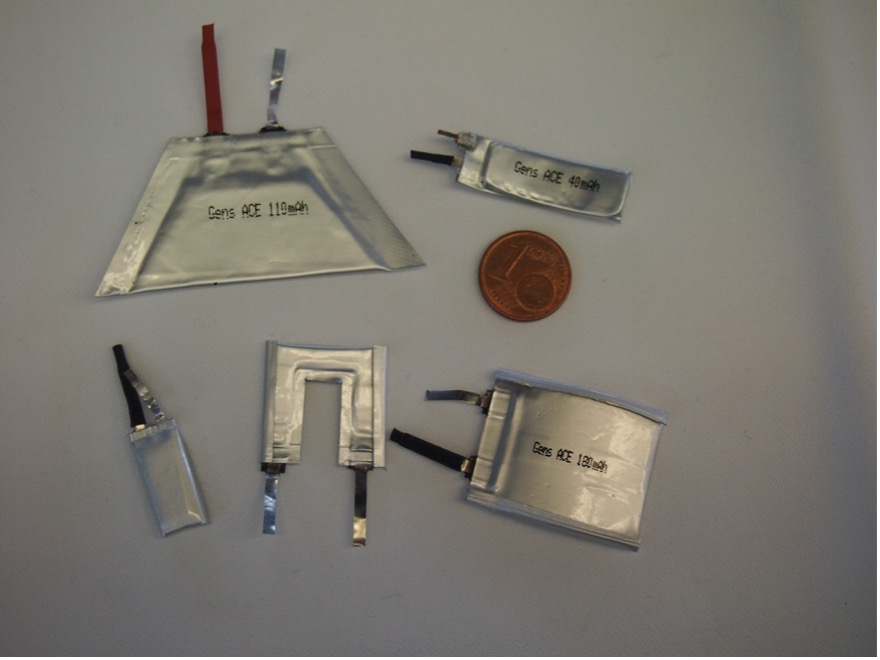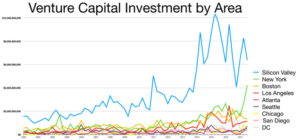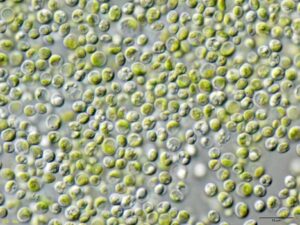
Figure 1: This is a photograph of several current wearable batteries on the market. None of these have the capacity to generate power
Source: Wikimedia Commons
The threat of climate change has triggered the development of a variety of new, sustainable technologies. Attempts to innovate and increase renewable energy and recyclable material use have defined much of this movement. One such recent advancement is a thermoelectric generator that is both wearable and fully recyclable. The convenience of such a device is only matched by its potential applications. A wearable generator could be used to power electronics without the need for a battery, providing constant power with a battery that does not need to be removed and recharged (University of Colorado at Boulder, 2021).
How does such a device work? The wearable thermoelectric generator utilizes the difference in temperature between the body and the surrounding environment to cause charged particles to travel through the generator. This creates a voltage difference, initiating the flow of electricity. This device can generate about 1 volt of energy for every centimeter squared of surface, which is functional enough to power devices like fitness trackers (University of Colorado at Boulder, 2021).
However, what makes this device so special are its properties beyond electricity generation: the use of liquid metal as electrical wiring, and the polymer material used in the device. The liquid metal wiring offers extra resilience when stretched and bent. Because of this, the device maintains its ability to generate power even when stretched up to 120% lengthwise (Ren et al., 2021). This is vital for its applicability as a household device, as it is less vulnerable to damage when pulled on.
Another feature that contributes to its practical functionality is that the device’s base is self-healing and can continue to function after breaking and self-repairing. The polyamine material heals itself within 1.5 hours due to reactions within the material that can generate new covalent bonds, replacing the broken ones. The liquid metal wiring also contributes to this feature, as it is able to conduct electricity immediately after being brought back into contact after a break (Ren et al., 2021).
Another property that makes this technology appealing is its Lego-like capability to join separate subunits into a fully functional whole. After cutting off the terminals of the two subunits and bringing them in contact with each other, the liquid metal wiring easily conducts electricity between the two. In order to seamlessly unite the bases, a polyimine solution is applied to the joint, uniting the two interfaces (Ren et al., 2021). In practical terms, this would allow for the customization of rings and bracelets based on the size or specifications of the buyer.
Finally, this device is fully recyclable, which adds to its appeal as a ‘green’ technology. When soaked in a recycling solution, the polyimine networks that make up the majority of the device depolymerize into small subunits. The other components of the device can be removed from the solution and reused, and a new polyimine network can be produced from the recycled solution with full functionality (Ren et al., 2021).
This groundbreaking technology represents a new frontier in both wearable and green technology. It is simultaneously a fully recyclable generator of renewable energy, and a highly flexible, adaptable, and portable power source. The developers are now working on ways to maximize this technology by improving its efficiency, and adapting it to other materials (Ren et al., 2021).
References
University of Colorado at Boulder. (2021, February 10). New wearable device turns the body into a battery. ScienceDaily. Retrieved March 9, 2021 from www.sciencedaily.com/releases/2021/02/210210142049.htm
Ren, W., Sun, Y., Zhao, D., Aili, A., Zhang, S., Shi, C., Zhang, J., Geng, H., Zhang, J., Zhang, L., Xiao, J., & Yang, R. (2021). High-performance wearable thermoelectric generator with self-healing, recycling, and Lego-like reconfiguring capabilities. Science Advances, 7(7), eabe0586. https://doi.org/10.1126/sciadv.abe0586
Related Posts
Venture Capital Firm Based Out of Massachusetts Institute of Technology is Bringing Risky Back
Anyone can easily acknowledge the severity of major problems in...
Read More“Living” Droplets Can Produce Renewable Hydrogen
Figure 1: A microscopic image of Chlorella vulgaris, a species...
Read MoreCallie Moody



